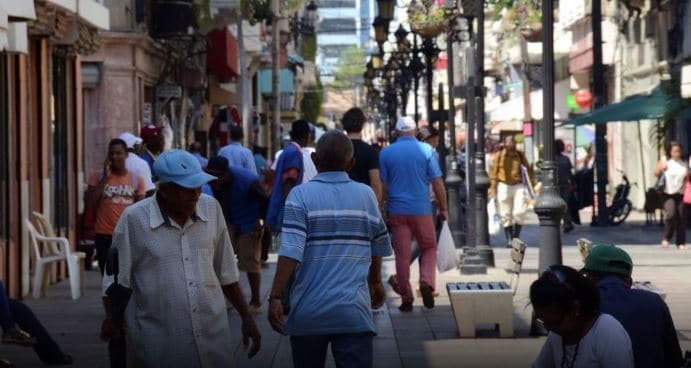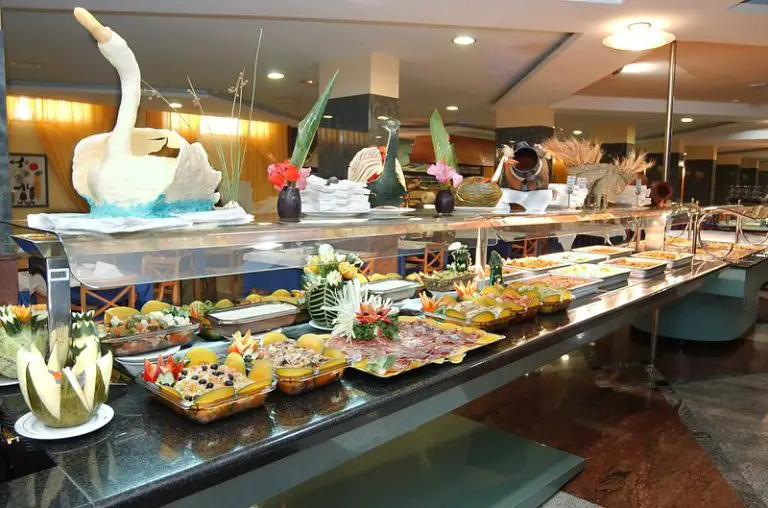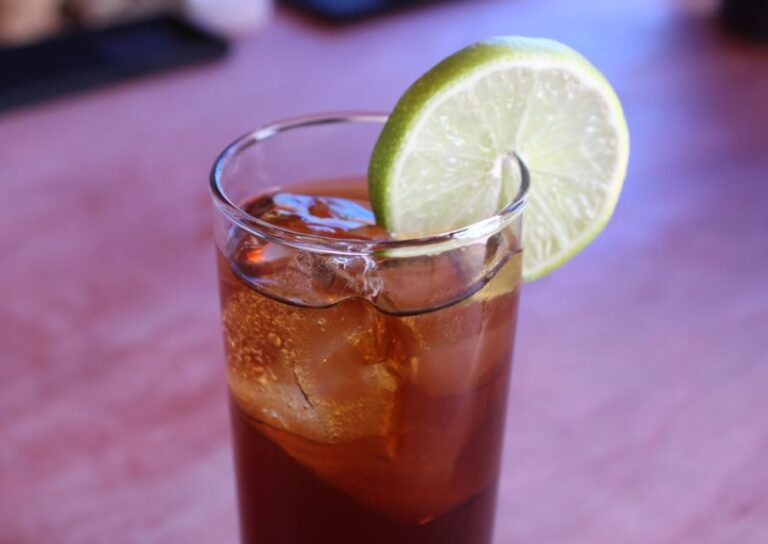The History Of Sweet Beans (A Unique Dessert of the Dominican Republic)

If you ask me what is the best dessert in the Dominican Republic, it is very likely that the first one that comes to my mind is the sweet beans.
This typical dessert, which is usually eaten once a year because it is a dessert that is part of the tradition of the Holy Week celebrations, is undoubtedly one of the favorites among all the locals.
For foreigners, it might be strange to eat beans as a dessert, but everyone I know who has tried them has been delighted with this delicious dessert.
What is the history of this unique dessert?
The Dominican people were structured on new or original cultural patterns from the miscegenation of whites, blacks and mulattos and also with the influence of many migrations.
The case of the sweet beans is indicative of the dynamic Dominican cultural formation. Its origin is related to the French presence on the island of Santo Domingo. This information is provided by Dorvo Soulastre, a French military officer who came to Santo Domingo accompanying General Hédouville on March 27, 1798.
Among the French who emigrated to Spanish Santo Domingo, Soulastre met Francois Delalande, who introduced the custom of eating legumes or beans, the possible origin of our sweet beans.
Delalande arrived in the country because of a family tragedy. He lived with his wife and children in Fort Dauphin, Saint-Domingue, where he had a small vegetable farm.
Misfortune struck when a mulatto asked permission to marry one of his daughters. Faced with the refusal -the marriage of whites with mulattoes and blacks was not allowed-, the suitor decided to take revenge and, taking advantage of the slave rebellion in 1791, killed his daughters and persecuted the family.
The father, mother and surviving sons fled to Santo Domingo, where a Spaniard, moved by the tragedy, gave him a piece of land for his subsistence.
In the Spanish colony, Soulastre tasted at a table served “French style” fruits, vegetables and a “cream of carrot and beans” produced by Delalande and his family.
Dominicans only knew the dried legumes that came from Spain or North America and had never seen them green in their markets. Of Delalande’s vegetables, Soulastre was especially struck by some “beans” that were better cared for than others, which were eaten “as fine and sweetened” as in France.
In addition to these “fine and sugary beans”, Soulastre was offered a snack of lacticinios, jams, pastelones de azahar, “merengues” with vanillas, dulce angélico and chocolate, among which three basic elements of beans with candy can be identified: beans, dairy products and sugar.
The process of fusion and culinary synthesis of the Dominican people would have turned these ingredients, after the Independence of 1844, into the sweet beans.
The French beans planted here and the imported beans must have been substituted by the pre-Columbian beans. Dominicans consumed French or Creole beans, sweetened or salted.
Another argument that allows linking the French “sugary beans” with the origin of the sweet beans is that Soulastre described them on the eve of Holy Week, “four days before Palm Sunday”, which indicates that they were part of this commemoration.
Until proven otherwise, sweet beans are a unique and authentically Dominican cultural product. As a worldwide exclusivity, they should be included in the Güinnes book. To prepare and eat sweet beans is to enjoy the taste of the homeland and the essence of Dominican culture: it is a Dominican dish that does not exist anywhere else in the world, but at the same time it contains ingredients from all over the world.






